11076 PRK12999Thalassiosira pseudonana
| Chromosome | Product | Transcript Start | End | Strand | Short Name | |
|---|---|---|---|---|---|---|
| 11076 | chr_19a_19 | PRK12999 | 59918 | 64426 | - | PRK12999 |
| NCBI ID | Ensembl Genomes exon ID |
|---|---|
| 7442631 | Thaps11076.4, Thaps11076.8, Thaps11076.5, Thaps11076.2, Thaps11076.1, Thaps11076.3, Thaps11076.6, Thaps11076.7 |
| Expression Profile | Conditional Changes | Cluster Dendrogram | Discovered Potential cis-Regulatory Motifs |
|---|---|---|---|
Thaps_hclust_0355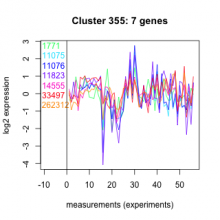 |
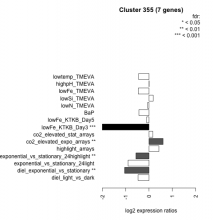 |
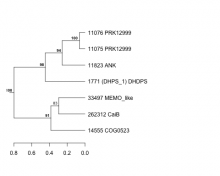 |
   |
| Normalized Mean Residue | Discovered Potential cis-Regulatory Motifs | |
|---|---|---|
|
Thaps_bicluster_0059 |
0.44 |
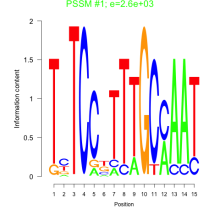 2600 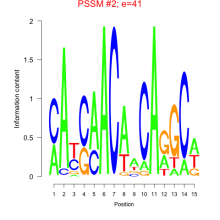 41 |
| KEGG description | KEGG Pathway |
|---|---|
| Not available | Not available |

Add comment